- Home
- About Us
- Products
-
Heat-Pump Dehumidifier DeAir
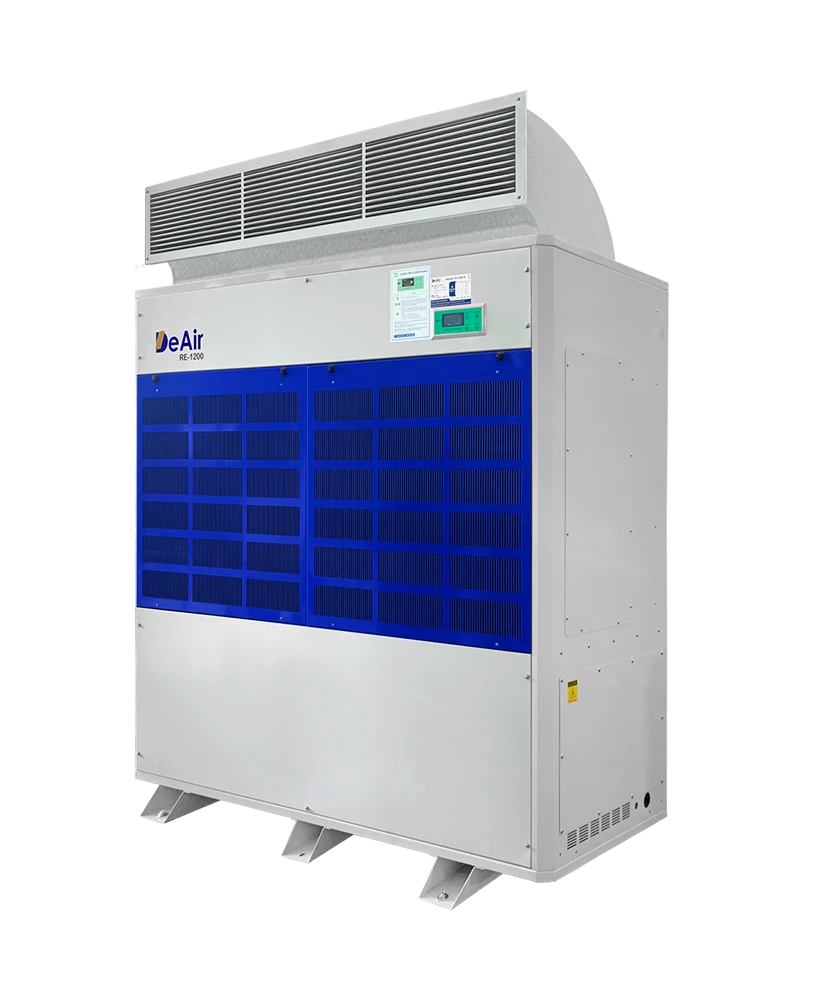 DeAir.RE
DeAir.RE -
Heat-Pump Dryer DeAir.RE-H
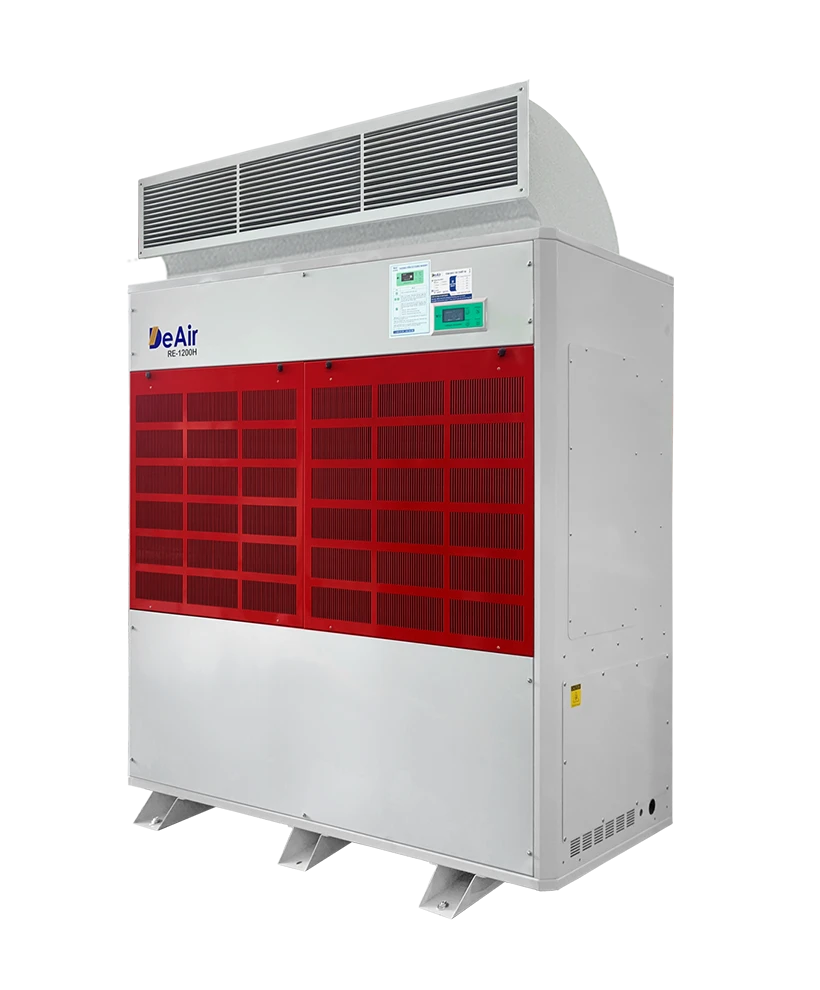 DeAir.RE-H
DeAir.RE-H -
Heat-Pump Stainless Steel Dehumidifier
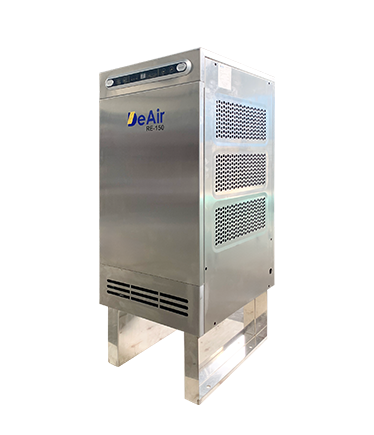 DeAir.RE-INOX
DeAir.RE-INOX -
Heat-Pump Isothermal Dehumidifier DeAir.CRE
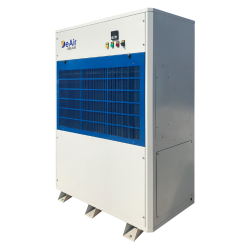 DeAir.CRE
DeAir.CRE -
Dezenno Dehumidifier
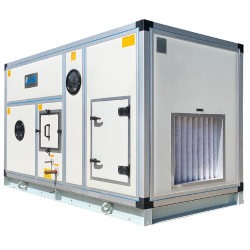 Dezenno
Dezenno -
Heat-Pump Ceiling Mounted Dehumidifier DeAir
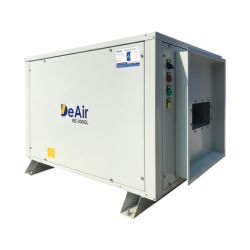 DeAir.RE-CL
DeAir.RE-CL -
Dehumidifier Olmas
 Olmas-OS
Olmas-OS -
Industrial Humidifier DeAir
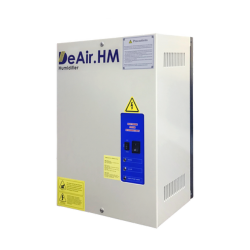 DeAir.HM
DeAir.HM -
Heat-Pump Dryer Daxwell
 Daxwell
Daxwell -
Electric Duct Heater DeAir
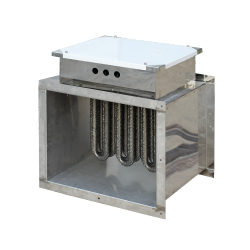 DeAir.Heat
DeAir.Heat -
Air Handling Unit Dezenno.MAX
 AHU
AHU
-
- Services
- Projects
- Warranty – Maintenance
- News
- Contact
Seafood Exports 2025: Overcoming Tariff Barriers with Humidity Control Technology
05/08/2025
Vietnam's seafood industry is navigating a volatile period in 2025. While the first half of the year saw impressive growth, since August 2025, the industry has faced significant challenges from new tariff barriers in the United States market.
In a context of increasing price competition, ensuring absolute product quality is not just a matter of survival but the key to overcoming non-tariff barriers (like shipments being rejected for failing hygiene standards) and conquering demanding markets. This is where technology in processing and preservation plays a decisive role.

1. Humidity - The "Invisible Killer" in Seafood Processing Plants
In the unique environment of a seafood processing plant, high humidity is an "invisible killer" that poses numerous serious risks:
- Condensation: Water vapor condenses on ceilings, pipes, and equipment, dripping onto products, leading to a risk of bacterial contamination and failure to meet hygiene standards like HACCP.
- Packaging Damage: Cardboard boxes become soft, wet, and tear, which is especially dangerous for frozen export goods.
- Reduced Product Quality: High humidity adversely affects the color, texture, and flavor. To inhibit microbial growth, the optimal relative humidity range is typically 40-60% RH.
- Workplace Safety Hazards: Floors become slippery from water and ice.
- Equipment Corrosion: The salty, humid environment corrodes machinery and electrical systems, and causes ice buildup in cooling equipment.
TOP 4 RISKS FROM HUMIDITY IN SEAFOOD PLANTS
💧
Condensation & Contamination
Dripping water causes hygiene issues, violating HACCP standards.
📦
Packaging Damage
Soft, torn cartons compromise exported goods.
⚠️
Workplace Safety Hazards
Slippery floors from water and ice create a risk of falls.
🔧
Equipment Corrosion
The salty, humid environment destroys machinery and reduces its lifespan.
2. DeAir's Comprehensive Humidity Control Solutions for Each Zone
DeAir is proud to offer comprehensive humidity control solutions, "tailor-made" for each stage of the seafood production and storage chain, helping you enhance product quality and comply with export standards.
2.1. Processing and Preparation Areas - The Highest Humidity and Corrosivity Zone
The Challenge: Here, frequent washing with water, steam from fresh seafood, and a salty environment create extremely high humidity and corrosivity.
DeAir's Solution: The DeAir.RE-H Stainless Steel Heat-Pump Dehumidifier.
With its durable 304 Stainless Steel casing and anti-corrosion evaporator coil, this machine is specially designed to withstand the harsh seafood environment. It is manufactured in Vietnam under ISO 9001:2015 standards, ensuring superior quality and durability.
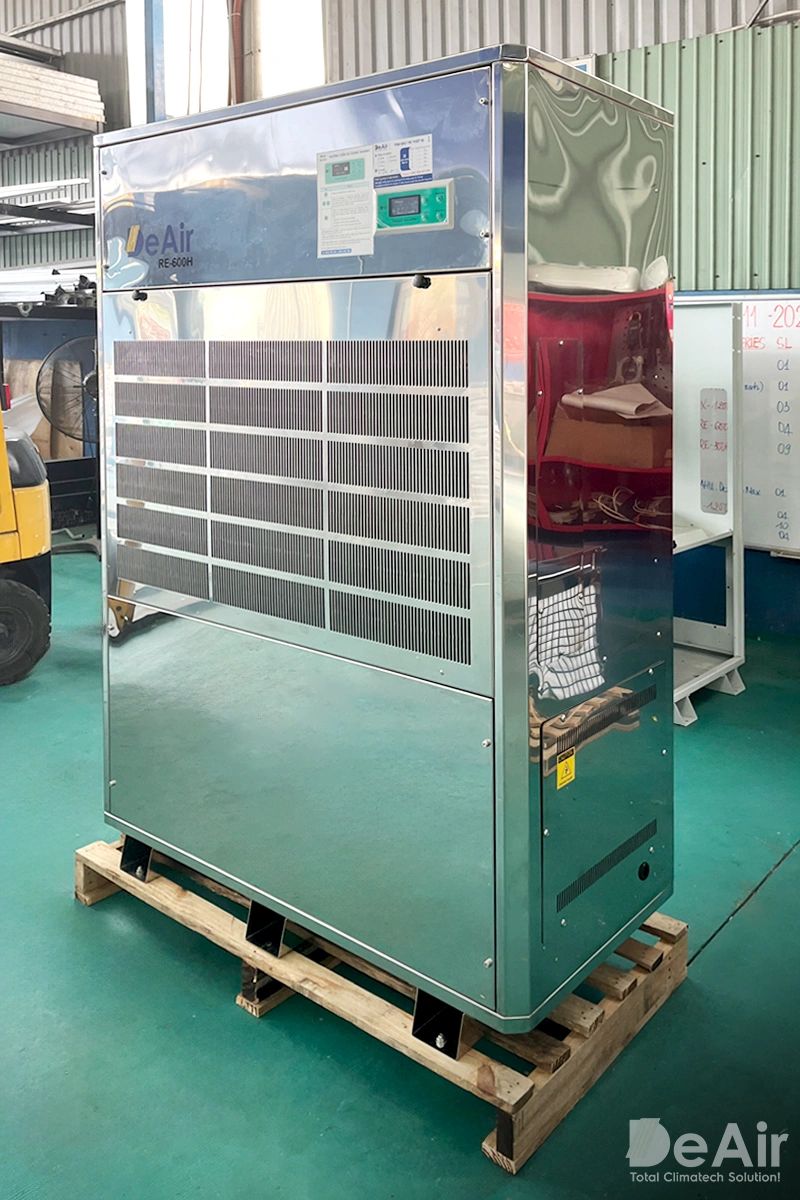
2.2. Blast Freezers, Cold Storage & Ante-Rooms
The Challenge: Preventing condensation and frost buildup at doorways and on evaporator coils, which reduces cooling efficiency and creates hazards.
DeAir's Solution: The Dezenno Rotor Dehumidifier.
This is the only technology that operates effectively at low temperatures (below 5°C to sub-zero), allowing for precise humidity control at very low levels (even below 40% RH) to prevent ice formation and optimize product preservation.
2.3. Packaging and Finished Goods Warehouse
The Challenge: It is crucial to ensure that cardboard boxes remain dry and sturdy, and that labels do not peel off.
DeAir's Solution: The DeAir.RE Heat-Pump Industrial Dehumidifier.
With a powerful capacity (from 60 kg/day to 1200 kg/day), energy-saving Heat-Pump technology, and a smart control system, the DeAir.RE series helps maintain the ideal humidity in finished goods warehouses durably and economically.
2.4. Seafood Drying Solutions
The Challenge: To create high value-added dried seafood products that retain their color, flavor, and nutrients.
DeAir's Solution: The Daxwell Heat-Pump Dryer.
As an industrial dryer with a PLC/HMI control cabinet, the Daxwell allows for precise control of drying parameters (temperature, humidity, time), which helps to better preserve product quality and save up to 70% in energy compared to traditional dryers.
DEAIR SOLUTIONS FOR EACH ZONE
Processing & Prep Areas:
Solution: DeAir.RE-H (Stainless Steel)
▶ Absolute corrosion resistance in salty environments.
Cold Storage & Ante-Rooms:
Solution: Dezenno (Rotor)
▶ Effective at sub-zero temperatures, prevents frost.
Packaging & Finished Goods:
Solution: DeAir.RE (Heat-Pump)
▶ High capacity, energy-saving, protects packaging.
Seafood Drying:
Solution: Daxwell (Heat-Pump)
▶ Dries, preserves quality, and adds value.
3. Investing in Humidity Control: Small Cost, Big Benefits
Investing in humidity control technology is a mandatory strategy for the sustainable development of Vietnam's seafood industry:
- Protect 100% of Shipment Value: Eliminates the risk of shipments being rejected due to mold or wet packaging.
- Enhance Brand Reputation: Ensures products always reach international partners at the highest quality.
- Save Operating Costs: Reduces the load on the cooling system and decreases equipment repair costs due to corrosion. The long-term energy savings from Heat-Pump technology are significant.
- Comply with International Standards: Humidity control is an essential part of quality management systems like HACCP and ISO 22000.
OVERCOME TARIFF STORMS WITH SUPERIOR QUALITY
DeAir, with its direct manufacturing capability in Vietnam (ISO 9001:2015) and a specialized product range, is a reliable partner helping seafood businesses strengthen their internal capabilities, ensure quality, and confidently reach international markets.
DEAIR JOINT STOCK COMPANY
Email: operation@deair.com.vn
Hotline: 0925 977 579 (Ms. Tâm) | 0914 205 850 (Ms. Hòa)
Website: deair.com.vn
Sign up for news from DeAir
Related news






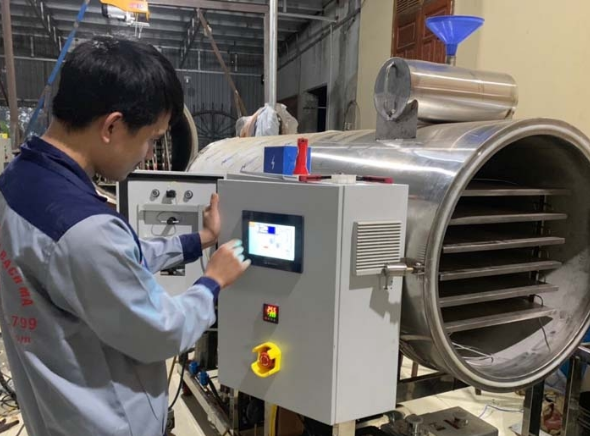


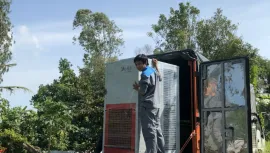
![[Case Study] DeAir Installs DeAir.De Rotor Humidity Control System for Pharmaceutical Plant in Binh Duong [Case Study] DeAir Installs DeAir.De Rotor Humidity Control System for Pharmaceutical Plant in Binh Duong](https://deair.com.vn/thumbs/news/2023_04/ban_giao_may_cho_duoc_bd/[270x153-cr]image1-1024x772.jpg__cv.webp)
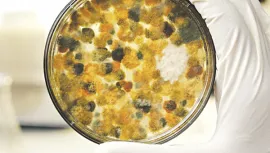
![[Review & Guide] Olmas OS-300: The New Humidity Control "Warrior" for Medium to Large Warehouses [Review & Guide] Olmas OS-300: The New Humidity Control "Warrior" for Medium to Large Warehouses](https://deair.com.vn/thumbs/news/huong_dan_su_dung_may_olmas_21/[270x153-cr]vtm06440.png)